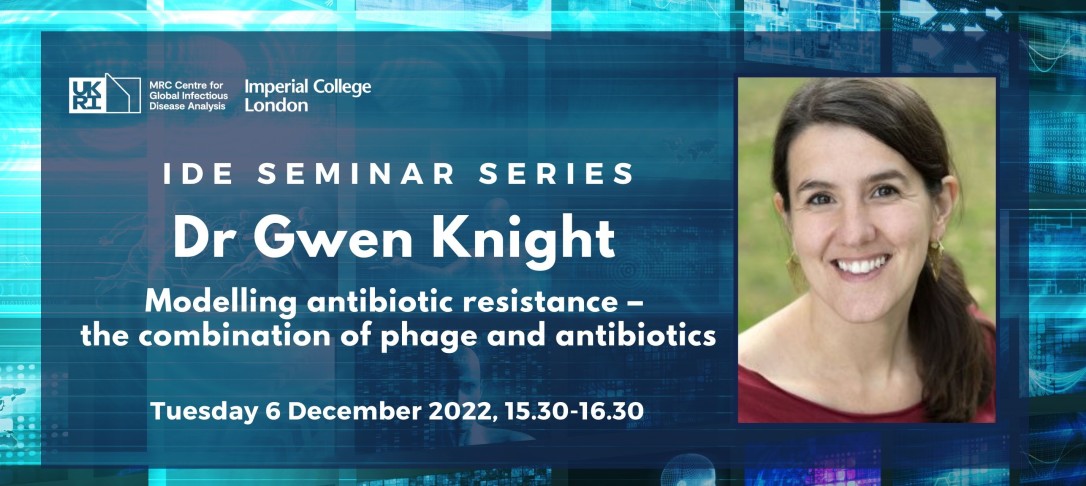
Modelling antibiotic resistance – the combination of phage and antibiotics
One of the biggest public health challenges of our time is the spread of antimicrobial resistance (AMR). Determining how fast resistance genes spread between bacteria is a key quantitative unknown which can be informed by mathematical modelling. In the important clinical pathogen Staphylococcus aureus, horizontal gene transfer is mediated by bacteriophage – bacterial viruses that can accidentally package and hence transfer bacterial DNA in a process known as transduction.
In their modelling, Dr Knight’s team builds in silico deterministic compartmental models to explore bacterial/phage interactions and fit this to experimental co-culture data. From this they can estimate the first quantification of transduction of AMR and, using this fitted model, explore a chequerboard of potential antibiotic and phage combinations. Incorporating these ideas of resistance gain, and loss, into a population model allows us then to ask questions about clonal spread within S. aureus and the big unknown – why if resistance to all antibiotics is seen in S. aureus do we so rarely find a totally resistant strain?


